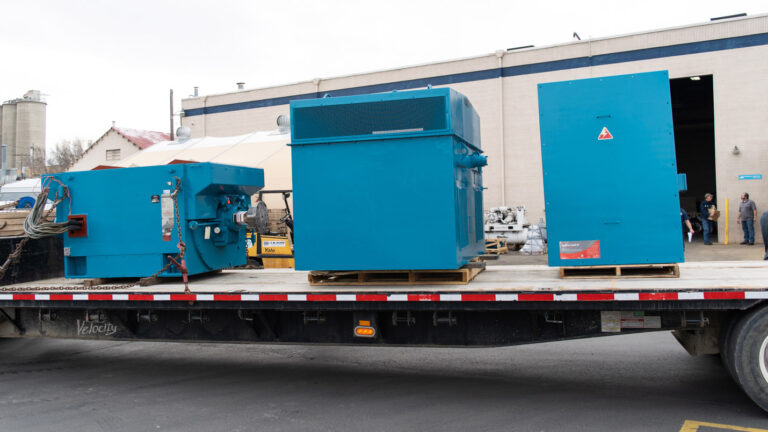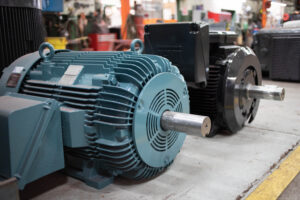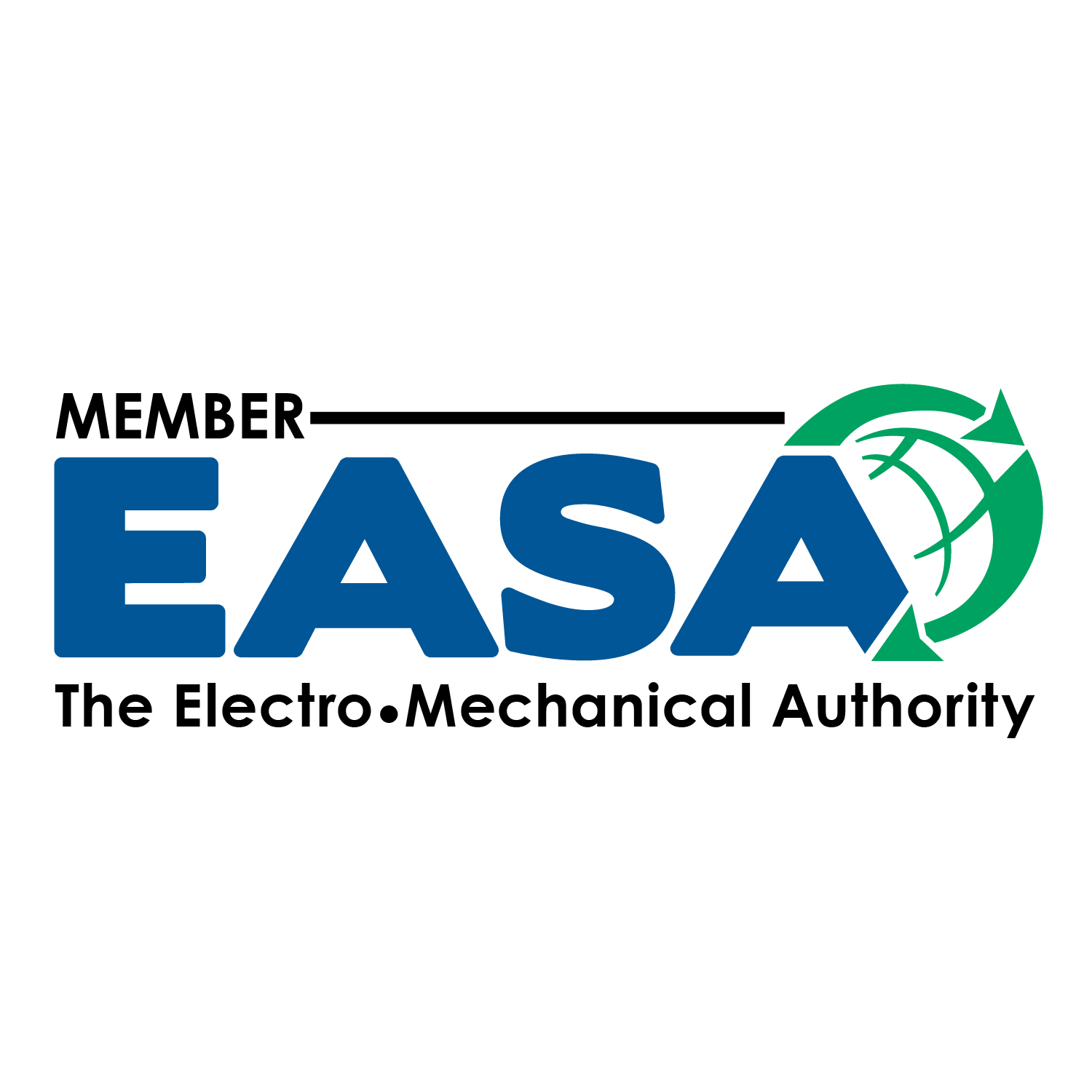
How to prepare for a new electric motor install?
Installation day for your new motor is an exciting time! But are you prepared? Do you have the correct tools to do the appropriate testing? Will your motor fit where you want it to? Did you install the correct type and size of foundation for your motor? Continue reading to see what you need to do in order to safely startup your new motor.
Confirmation
By confirming that you have ordered the correct type of motor long before installation, you will save a lot of time, energy, and money on returns or retrofitting. Here are four main things you should verify before you install your new motor.
- 1. Inverter Duty Motor – If you are using an adjustable speed drive or VFD in conjunction with your motor, per NEMA MG-1 Part 31, you need to be using an ‘inverter-duty’ motor and the correct size, length, and insulation of cable. These specifications can be found within your motor manufacturer’s guidelines or on the motor nameplate.
- 2. Bearings – Verify that your motor’s bearings are suitable for your driven load. Bearings that are used for loads above their ratings are susceptible to damage and a shortened lifespan, resulting in more frequent maintenance and replacement. Oversized bearings are always a great option to ensure a long bearing life.
- Make sure that the lubrication points are easily accessible in order to make future maintenance easier to perform.
- 3. Testing – Assuring that your motor is running efficiently by making sure that all initial test results fall into the optimal parameters right out of the gate is crucial to extending the life of your new motor. (See our article about Motor Baselines here!)
- 4. Size – There is nothing worse than purchasing a new motor and realizing it is the wrong size for your space or anticipated load. Triple check that your motor will be small enough to fit in your space, but will have enough horsepower to do what you need it to before final installation.
Environment
Keeping your motor in a cool, clean, and in a well ventilated area away from any external sources of vibration, will greatly extend the life of your motor. Make sure that air is not recirculated throughout the room your motor is housed in (without first being filtered), so that dirt and dust particles are not entering your motor and causing overheating and friction issues. Installing an external air filtering system may be a good idea. External vibrational forces can cause issues with the bearings in your motor and shorten their lifespan. Keeping your motor far away from other equipment and any areas of construction is best practice.
Foundation
A good rule of thumb is that the foundation for your motor should be rigid and oversized. The larger the foundation, the easier it is to dissipate the vibration and movement of your motor. Concrete is the material of choice when it comes to motor foundations because of its rigidity and vibration dampening abilities.
Electrical Connections
The most important thing to remember when supplying power to your motor is to follow all applicable electrical codes and to be sure to lock and tag out all affected equipment before preforming any and all electrical work. Make sure that all connections are tight and sufficiently insulated. You will also need to use supply conductors designed for ASD circuits and a shaft grounding system (or insulated bearings) to prevent damage from stray shaft currents. One of the most important pieces of your motor is the motor nameplate. This will help you verify what type of wiring is needed in addition to many other important details about your motor. NEVER remove the motor nameplate.
Alignment and Vibration
When installing your new motor, taking the correct steps to prevent over vibration and ensure proper alignment will help you to avoid large and costly issues in the future. There are many tools available to help you make sure that your motor is in proper alignment with your driven machine. Motors installed with proper vibration mitigation strategies should have vibrations below 0.15 in/sec pk (2.5 mm/sec rms) when measured in the horizontal, vertical, and axial directions at the motor bearings. Once installed correctly, be sure to check vibrational levels and alignment at least quarterly.
Baseline Data
Once you have properly installed your motor, testing needs to be done in order to establish baseline values that can be referenced later on; such as whenever you complete periodic maintenance or when you want to replace your motor somewhere down the line with a comparable one.
Protective Guards
After installation, baseline testing, vibrational analysis, and alignment have been completed, be sure to place protective guards on any exposed or rotating parts of your motor to make sure that you keep your technicians and employees safe, and keep your motor as clean as possible.
Maintenance
Once your motor is properly installed and running, maintenance is very important to preserve and improve your motors performance. Proper maintenance includes performing baseline tests continually at periodic intervals and comparing the new values to the values gathered at initial installation.
This article was adapted from our Webinar: Getting the Most out of Your Electric Motor
Got More Motor Questions? We Can Help!
Call 800-595-5315 Or Connect With Our Expert Technicians Here:
Other Articles
- How to Reduce Motor Downtime and Keep Your Motor Happy
- Critical Spare Planning
- The Three Most Common Externally Caused Motor Failures






